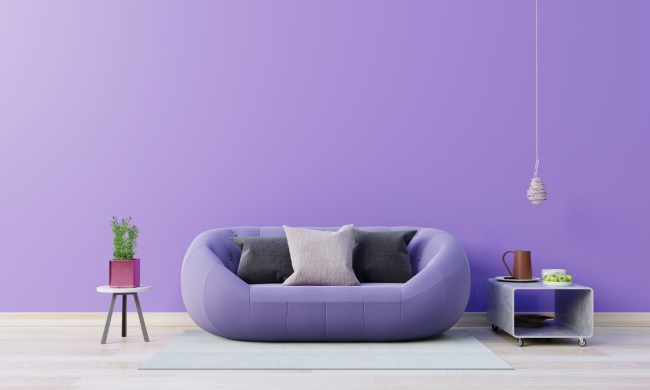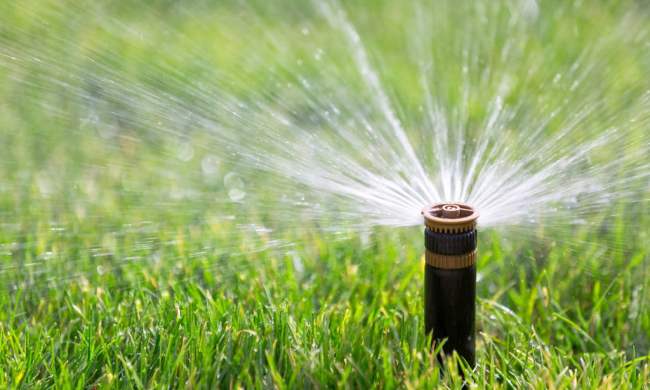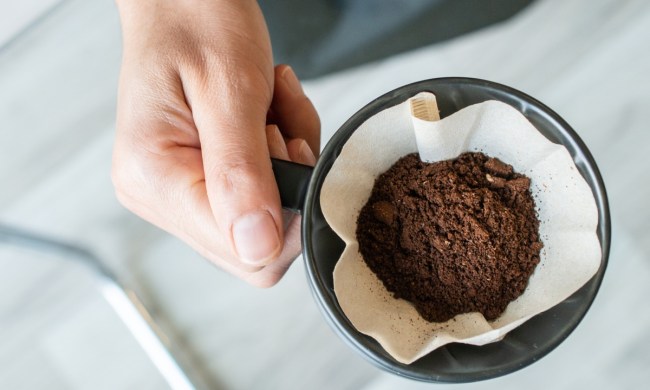Spring is right around the corner. The sun will be shining, the birds will be chirping, and you’ll finally be able to sit outside comfortably and enjoy your backyard. Of course, as you look around after the doldrums of winter, you may notice your house, patio, garage, deck, and surrounding areas need a little pick-me-up. This is where a pressure washer comes in clutch.
Your home’s exterior is the first impression people have of your home. It’s important to take care of the outside of your home, so it not only looks good but shows you take care of your home—inside and out. This is critical, especially if you are looking to sell your home, and it’s also preventative, so things don’t break down over time.
What does it do?
Pressure washers use a high-pressure water spray to remove dirt, grime, algae, gum, debris, and even caked-on bird poop (ask us how we know) quickly and effectively. A pressure washer allows you to clean all the surfaces outside your property (including hard-to-reach cracks and crevices), get to the mold and mildew that can settle on the surfaces outside your home, and keep your home’s exterior looking in tip-top shape. They allow tough stains to be removed the way standard garden hoses and elbow grease cannot.
Why buy?
Besides committing to keeping your home presentable and looking pristine, pressure washing your home can also help you avoid problems down the line. Getting mold and mildew off your roof, near your foundation, and in the cracks of your deck can help alleviate issues that may result if it builds up over time. Not to mention, they can be inflammatories for those who suffer from asthma and allergies, so being diligent about cleaning them is key. That way, everyone can enjoy your outdoor areas.
How to choose?
A typical pressure washer has either a gas-fueled engine or an electrically powered motor that powers the water pump. Overall cleaning performance is determined by the PSI (pounds per square inch) and GPM (gallons per minute) and how these work together. The higher the numbers, the faster you can clean, so do your homework and compare these numbers across several models. To offer perspective, the average garden hose emits water at around 40 psi. Pressure washers deliver water at an average of 1,000 to 3,000 psi, depending on the model.
If you don’t want to do the work yourself, hiring a professional, mobile pressure washing service is a great route to go as they often carry their own water and get the job done quickly and efficiently. But, if you’re deciding whether to rent or buy, know that renting a pressure washer can cost 50 to 150 dollars per day (depending on where you live). Buying a pressure washer, depending on the model and motor, runs around 300 dollars, so if you know you’ll be using it even once or twice a year, it makes sense to invest and purchase.
Our top picks
There are a few pressure washers that rate highly and offer reliability, powerful cleaning, and accessories depending on what area you are washing. The Simpson Cleaning MSH3125 MegaShot Gas Pressure Washer Powered by Honda comes with five stainless steel, quick-connect nozzles to use for different projects. It’s also highly rated by verified customers on Amazon.
If you don’t have that much space, consider the Ryobi Electric Pressure Washer on Amazon. “At just 16 pounds, this 1,600 psi unit is compact enough to store in your crowded garage or tool shed,” the description reads. Another bonus is that it’s light, so it’s easy to transport.
In terms of how often you should pressure wash, the answer depends on where in the country you live. If you live in a harsher climate, you should pressure wash your home at least twice a year. Late springtime is usually when most people get out their pressure washers because the weather starts to get warmer, pollen has usually been washed away by then, and you can enjoy the fruits of your labor sitting outdoors.
Pressure washers are perfect for cleaning your garage floor after a harsh winter, getting in between all the concrete or brick on your patio, getting a deck ready to be refinished, and getting the dirt and grime off your home’s exterior. You can also use separate settings to wash your car and clean lawn equipment. It may not be the most exciting thing to spend your money on, but the benefits definitely add up.



